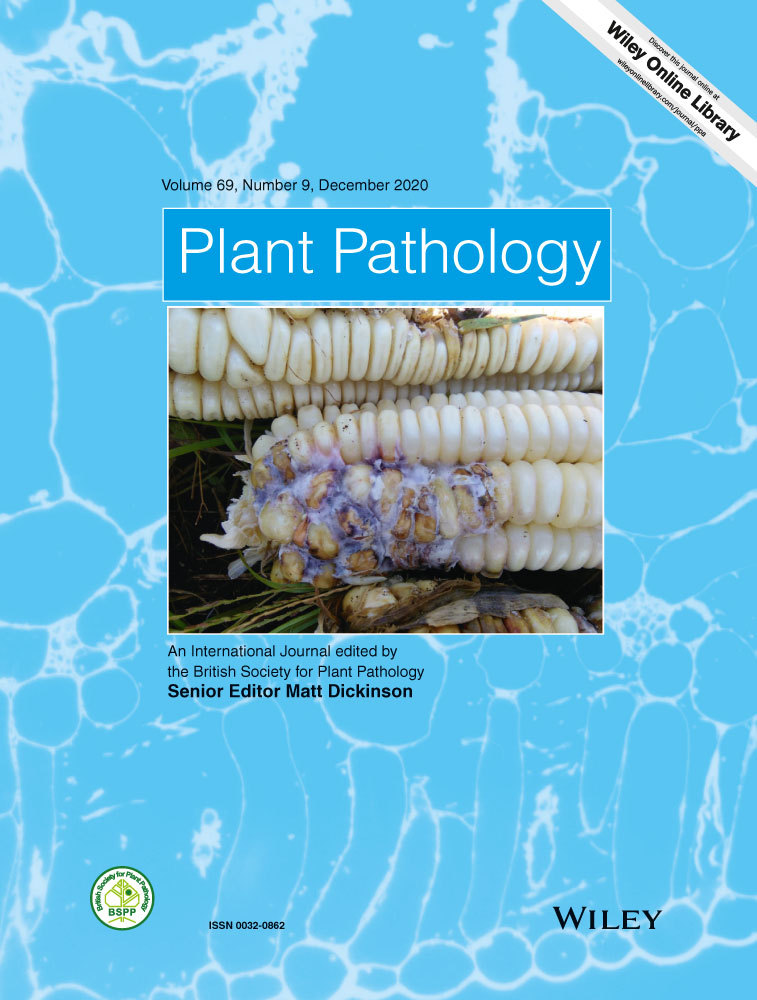The effectiveness of consistent roguing in managing banana bunchy top disease in smallholder production in Africa
The removal of infected individuals is a common practice in the management of plant disease outbreaks. It minimizes the contact between healthy individuals and inoculum sources by reducing the infectious window of contaminated individuals. This requires early detection and consistent removal at landscape scale. Roguing of mats with symptoms of banana bunchy top disease (BBTD) in Cavendish banana production systems has been tested in Australia, using trained personnel, but has never been tested in smallholder systems. We studied the effectiveness of long-term consistent roguing in prolonging the productivity of banana orchards under smallholder farming systems in highland banana and plantain dominated production systems in Africa. We assessed the possibility of low-risk seed sourcing from the managed plots. Roguing reduced BBTD incidence to 2% in managed farmer fields and to 10% in experimental field plots, while a nonmanaged field eventually collapsed in the same period. With roguing, new infections decreased monthly compared to an exponential increase in a non managed field. The emergence of new infections in both managed and non managed farms followed a seasonal cycle. BBTD managed plots were a source of low-risk seed for replacing the rogued mats in the same fields, but perhaps not safe for use in nonendemic areas. We conclude that it is possible for smallholder farmers to recover and maintain banana productivity with rigorous roguing, which would entail early identification of symptoms and early removal of diseased mats. Studies are needed on the intensity of roguing under different disease and production conditions.

